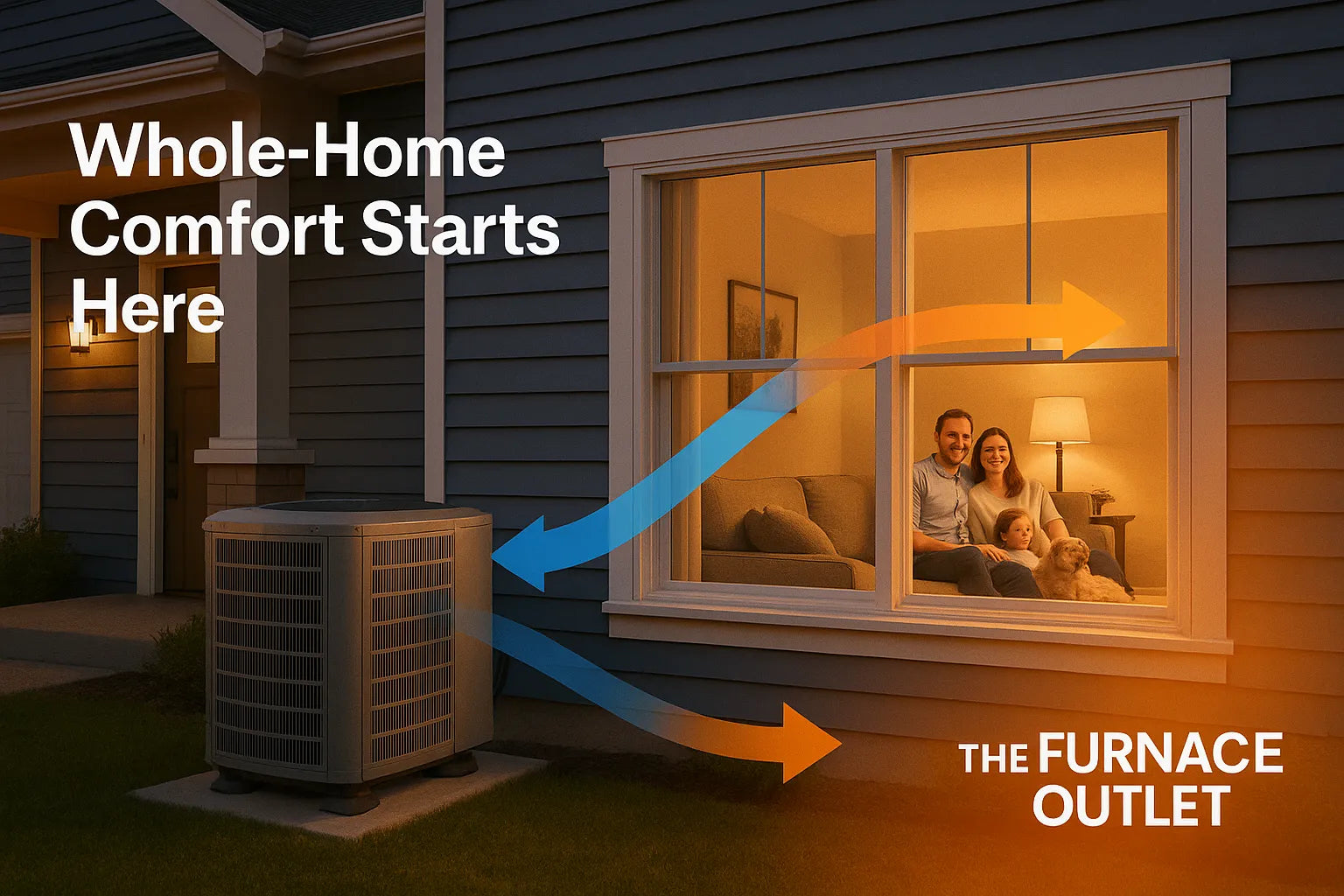For the salt-air, high-humidity conditions along the Pacific Coast (ASHRAE Climate Zone 3C), the clear winners are coastal-grade air-source heat pumps and ductless mini-split systems with aluminum or epoxy-coated coils. Pair that equipment with regular fresh‑water rinses, professional maintenance every spring and fall, and a good corrosion‑resistant coating, and you’ll keep comfort high and repair bills low for 10–15 years or more.
Why Marine Weather Beats Up HVAC Gear
Warm‑marine air is sneaky. Salt crystals carried by ocean breezes stick to metal fins, doubling the normal corrosion rate of outdoor coils. Add frequent fog and mild temperatures that cycle equipment on and off, and standard condensers can pit, leak, and lose efficiency in just a few seasons. That’s why the Pacific Coast needs different rules than the desert or mountains. If you remember nothing else, remember this: salt plus moisture equals fast metal rot, choose gear built to fight it.
How Heat Pumps Shine in Zone 3C
With winter lows rarely dipping below 40 °F, an air‑source heat pump does the heating job without backup resistance strips most of the year. In summer, the same unit reverses to cool. Look for SEER2 ≥ 18 and HSPF2 ≥ 9 for the sweet spot between cost and efficiency. Many leading brands offer “coastal” versions with powder‑coated cabinets and all‑aluminum coils—an easy extra investment that can double equipment life.
Check out the R‑32 heat pump lineup for examples of high‑efficiency models built for salty air.
Ductless Mini‑Splits for Flexible Spaces
Have a sunroom that bakes or a basement that chills? Ductless mini‑splits let you fine‑tune each zone without ripping into walls. Their outdoor units are smaller, so rinsing and coating are simpler. Coastal editions often come with factory‑applied epoxy on the coil plus stainless hardware.
SEER, EER, and HSPF—What Numbers Matter Most?
In marine climates, part‑load efficiency matters more than peak‑load ratings. Aim for high SEER2 (cooling) and high HSPF2 (heating). Also note the EER2 at 95 °F—a better snapshot of performance on the occasional hot Pacific heatwave. For mini‑splits, check the low‑temperature capacity rating; you still need steady heat at 35 °F dawns on the coast.
Spotting True Coastal‑Grade Equipment
A sticker that says “salt‑air approved” can be marketing fluff. Verify:
-
All‑aluminum microchannel or Spine‑Fin coils (no exposed copper).
-
Powder‑coated or galvanized cabinets with stainless screws.
-
Factory epoxy or polymer coating on fins.
Carrier’s coastal series and Trane’s Spine‑Fin units are well‑known examples. Package units labeled “commercial package A/C” may also use tougher materials.
Coil Coatings: DIY Spray vs. Pro Application
Rattle‑can coil sprays from the hardware store may flake within a season. Professional two‑part epoxy systems (e.g., Blygold or Infiniguard) chemically bond to metal and withstand decades of thermal cycling. Budget about $10–$15 per condenser ton for a quality shop‑applied coat. If your unit came uncoated, schedule the job before its first beachside summer to lock out salt early.
Monthly Hose‑Down Routine (Takes 10 Minutes)
-
Flip the disconnect to cut power.
-
Use a garden hose on low pressure—never a power washer.
-
Spray top to bottom until water running off is clear.
-
Let the unit drip‑dry for 20 minutes before restoring power.
Do this once a month, or weekly if you can smell the ocean from your porch. The payoff: up to 20 % higher airflow and far fewer corrosion pits.
Landscaping and Placement Tricks
Set the condenser at least 10 ft from breaking waves or sprinkler overspray. A small hedge, lattice screen, or vinyl fence cuts direct salt wind without blocking airflow. Leave 18 inches of clearance on all sides for service. If you’re replacing old gear, consider relocating to the inland side of the house—labor is cheaper than a future coil replacement.
Pro Maintenance: What Techs Check Twice a Year
At a spring or fall tune‑up, a qualified HVAC tech will:
-
Test refrigerant pressure and superheat to spot leaks early.
-
Inspect coil coating for chips and touch up.
-
Tighten electrical connections—salt fog plus vibration loosens lugs.
-
Measure airflow and static pressure to confirm ducts stay clear
Stick to NATE‑certified technicians and insist they note any corrosion in writing for warranty records. You can book through our Design Center if you need a vetted pro.
Accessory Upgrades Worth Considering
-
Hard‑start kits reduce inrush amps and stress on salty compressor windings.
-
Surge protectors guard control boards against coastal thunderstorms.
-
UV‑resistant condenser covers for off‑season downtime.
Find compatible parts under Accessories and match by model number.
Life‑Cycle Cost: Paying More Now Saves Later
A coastal-grade unit typically costs 10–15% more upfront. But replacing a corroded coil two years sooner wipes out any savings. When you add lower energy bills (thanks to higher SEER2) and fewer emergency calls, the premium unit often pays for itself within five years, and you get less hassle along the way.
FAQ
Q: Do I still need a furnace in Zone 3C?
Most coastal homes can rely on a heat pump alone, but if your nights drop below freezing, a small dual‑fuel package unit gives inexpensive backup.
Q: How often should I reapply coil coating?
Professional epoxy coatings typically last 5–10 years. Have a technician inspect your vehicle annually; touch-ups are a cheap form of insurance.
Q: Can I rinse my condenser with seawater?
Never. Saltwater accelerates corrosion. Always use fresh tap water.
Q: Are coastal warranties different?
Yes. Some brands shorten the warranty length if the equipment is within one mile of the ocean, unless the unit is registered as coastal and proof of coating and maintenance is provided.







